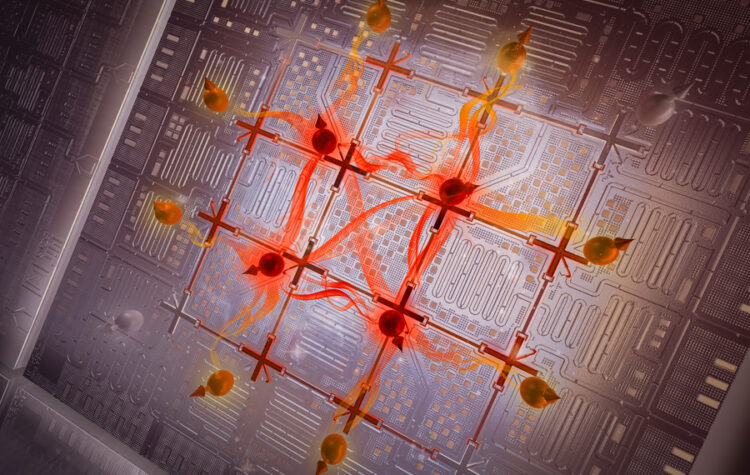
The advance offers a way to characterize a fundamental resource needed for quantum computing.

Engelward, Oliver, Rothman, and Vuletić are recognized for their efforts to advance science.
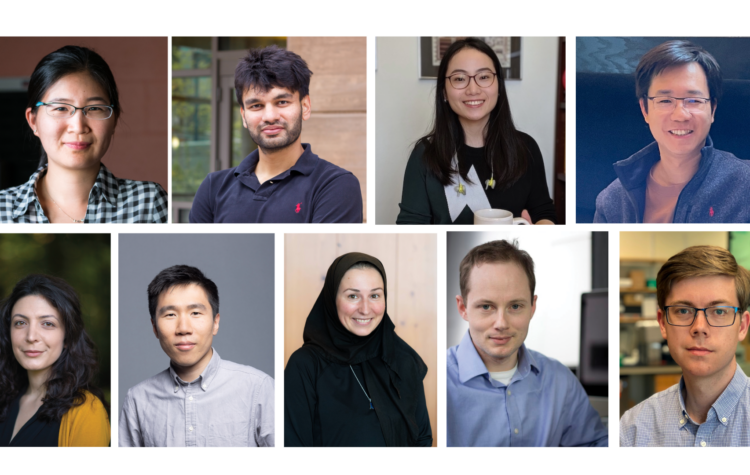
The Department of Electrical Engineering and Computer Science (EECS) is proud to announce multiple promotions.
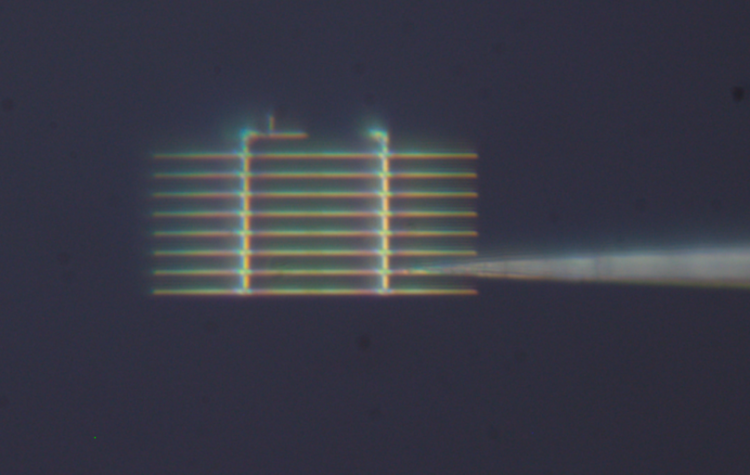
Solves paradox associated with transmission of quantum information
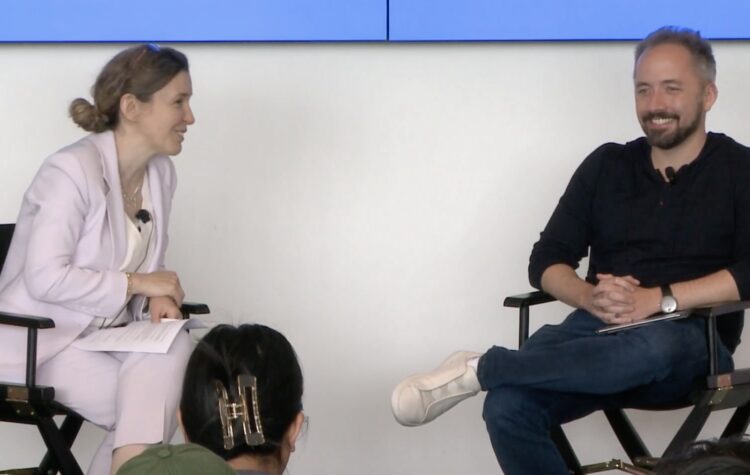
Founded in 2019, The EECS Alliance program connects industry leading companies with EECS students for internships, post graduate employment, networking, and collaborations. In 2023, it has grown to include over 30 organizations that have either joined the Alliance or participate in its flagship program, 6A.
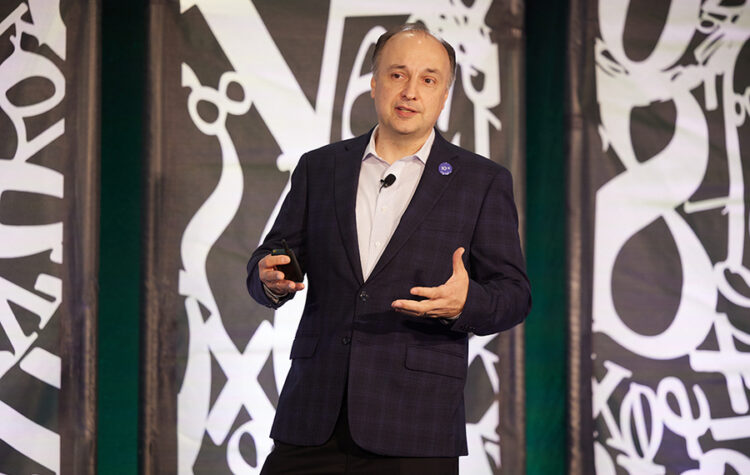
The Nano Summit highlights nanoscale research across multiple disciplines at MIT.
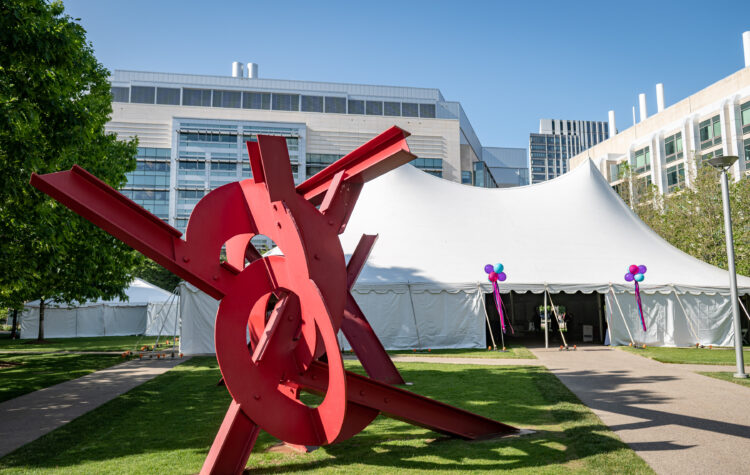
This ongoing listing of awards and recognitions won by our faculty is added to all year, beginning in September.
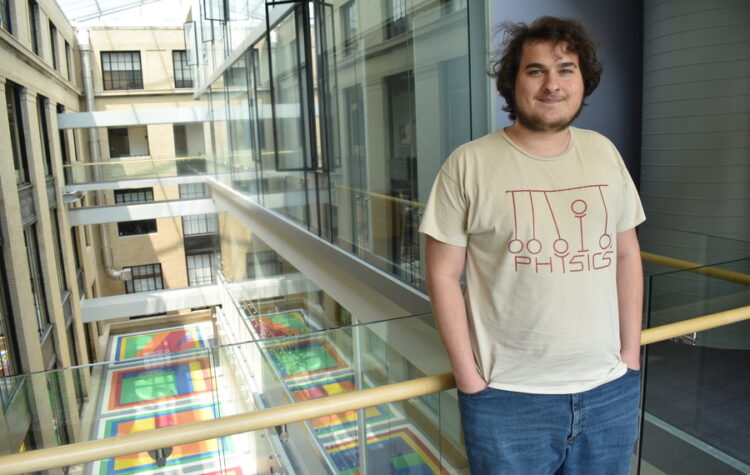
Undergraduate research helped feed physics and EECS major Thomas Bergamaschi’s post-MIT interest in tackling challenges.

The department is proud to announce multiple promotions this year.
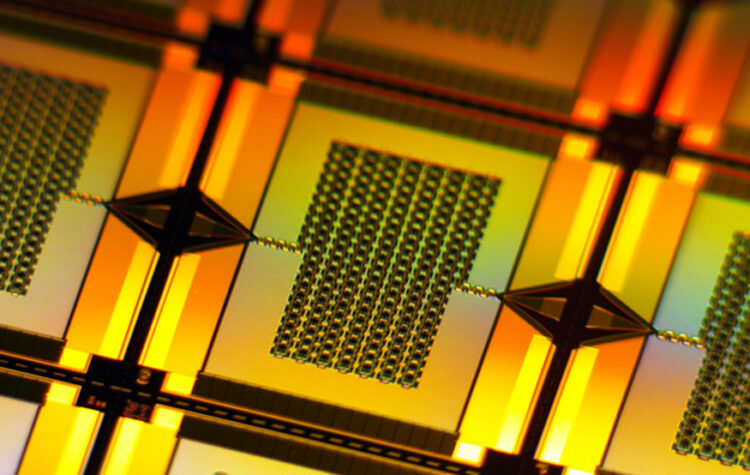
“Squeezing” noise over a broad frequency bandwidth in a quantum system could lead to faster and more accurate quantum measurements.